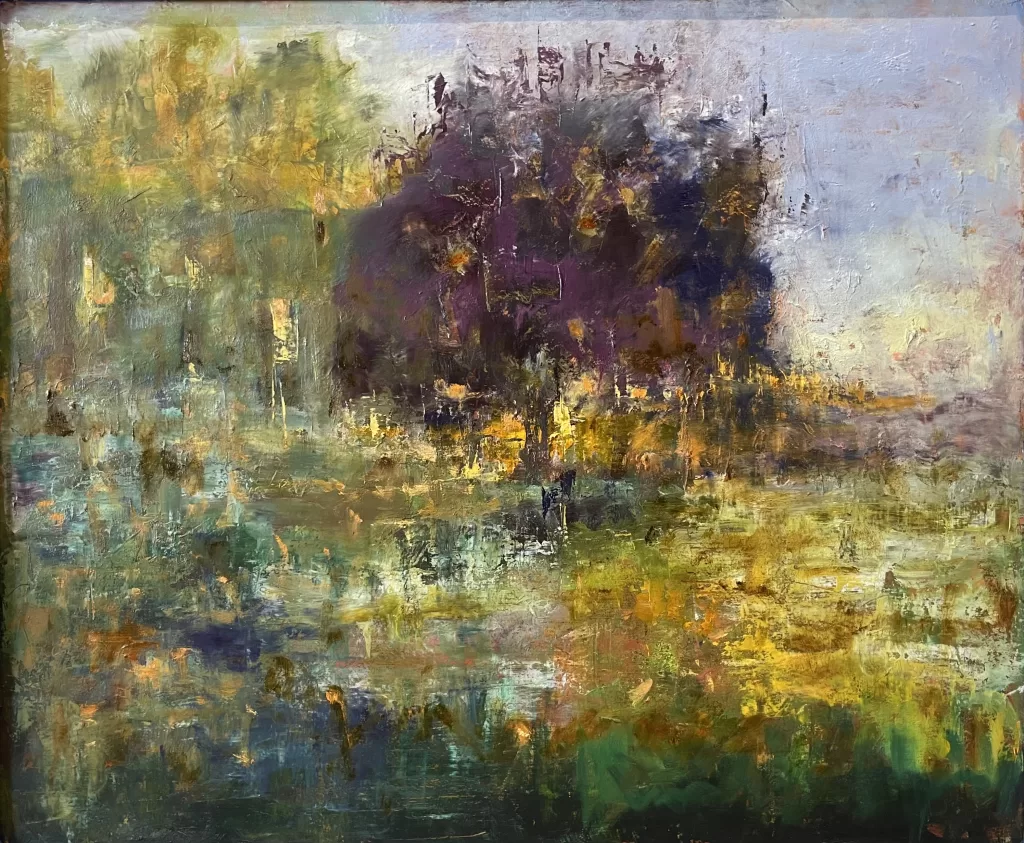Every artist embarks on a journey to discover their unique voice—a distinct style that sets their work apart and resonates deeply with both themselves and their audience. But finding your artistic style isn’t just about mastering techniques or mimicking trends; it’s about uncovering the core of who you are as an artist and expressing that essence through your work. This process can be both exhilarating and challenging, as it involves exploration, experimentation, and self-discovery. Here’s a guide to help you unveil your voice and find your style in the vast world of art.

Understanding the Importance of Artistic Style
An artistic style is more than just a signature technique or a recurring theme. It’s the way you see the world, interpret your experiences, and translate your emotions onto the canvas (or any other medium you choose). Your style is what makes your work recognisable and memorable; it’s what draws people to your art because they connect with the authenticity of your voice.
Having a defined style doesn’t mean you have to limit yourself to one way of working. In fact, your style will likely evolve over time as you grow as an artist. The key is to find a cohesive thread that runs through your work—a reflection of your identity, passions, and perspectives.
Start with Self-Reflection
Before you can find your artistic style, it’s important to understand what drives you as an artist. Ask yourself:
- What subjects or themes am I most drawn to?
- What emotions or messages do I want to convey through my art?
- Which artists, movements, or cultures inspire me, and why?
- How do my personal experiences and background influence my work?
These questions can help you identify the underlying motivations behind your art, which will, in turn, guide you towards your unique voice.
Experiment with Different Mediums and Techniques
Finding your style often requires stepping outside your comfort zone and experimenting with different mediums, techniques, and approaches. Don’t be afraid to try something new, even if it feels unfamiliar or challenging. Each medium—whether it’s oil paint, watercolour, charcoal, digital art, or sculpture—offers different possibilities for expression.
As you experiment, pay attention to what resonates with you. Which techniques feel the most natural? Which mediums allow you to best convey your ideas and emotions? Over time, you’ll start to see patterns in your preferences and tendencies, which can help you identify your style.
Study Other Artists, but Stay True to Yourself
It’s natural to be influenced by the work of other artists, especially those you admire. Studying their styles can provide valuable insights and inspiration. However, it’s important not to fall into the trap of imitation. While it’s fine to learn from others, your goal should be to incorporate what you’ve learned into your own voice, not to replicate someone else’s.
Take note of the elements in other artists’ work that speak to you—whether it’s their use of colour, composition, texture, or subject matter—and think about how you can adapt these elements to reflect your own vision. Remember, your style is a reflection of you, so it should be as unique and individual as you are.
Embrace Your Influences and Inspirations
While imitation is not the goal, acknowledging your influences can be a key part of finding your style. Every artist is inspired by something, whether it’s the natural world, music, literature, cultural heritage, or personal experiences. Embrace these influences and allow them to inform your work.
For example, if you’re inspired by nature, explore how you can incorporate natural forms, colours, or textures into your art. If you’re moved by a particular period in history, consider how the aesthetics or themes of that time can be reinterpreted in a contemporary context. By weaving your influences into your work, you’ll begin to create a style that is both personal and authentic.
Consistency is Key
While experimentation is essential, consistency is what ultimately defines your style. Once you’ve identified the elements that feel most true to your voice, start applying them consistently across your work. This doesn’t mean you have to create identical pieces, but rather that there should be a recognisable thread that ties your work together.
Consistency can come from many aspects—your choice of subject matter, colour palette, technique, or even the mood your work evokes. As you continue to develop your style, your audience will begin to recognise these consistent elements as uniquely yours.
Allow Your Style to Evolve
Your artistic style is not a fixed entity; it’s a living, evolving expression of who you are. As you grow and change as a person, your style will naturally evolve with you. This evolution is a sign of artistic growth and should be embraced, not resisted.
Don’t be afraid to explore new directions or to let your style shift as your interests and experiences change. The most compelling artists are those who continue to challenge themselves and push the boundaries of their work, even as they stay true to their core voice.
Finding Your Style Takes Time
Finding your artistic style is a journey, not a destination. It takes time, patience, and a willingness to explore the unknown. Along the way, you may feel frustrated, uncertain, or even lost at times. But remember, every step you take brings you closer to uncovering your unique voice.
Celebrate the small discoveries, embrace the process of experimentation, and most importantly, stay true to yourself. Your style will emerge naturally as you continue to create, reflect, and grow as an artist.
Conclusion: Unveiling Your Voice
Unveiling your artistic voice and finding your style is one of the most rewarding aspects of being an artist. It’s a process that requires self-reflection, experimentation, and a deep connection to what drives you creatively. By staying true to your passions and allowing your style to evolve naturally, you’ll discover a unique artistic voice that is unmistakably yours.
So, pick up your brush, pencil, or camera, and start exploring. Your voice is waiting to be unveiled.
